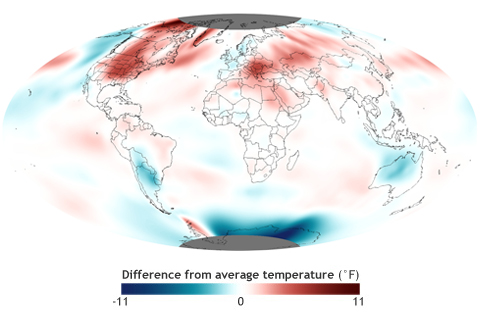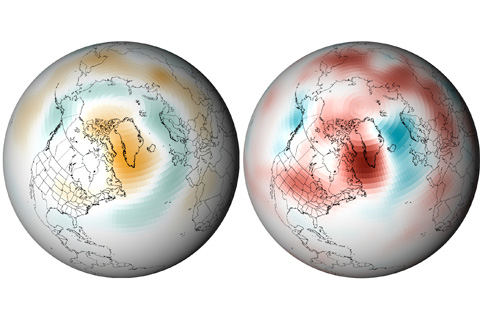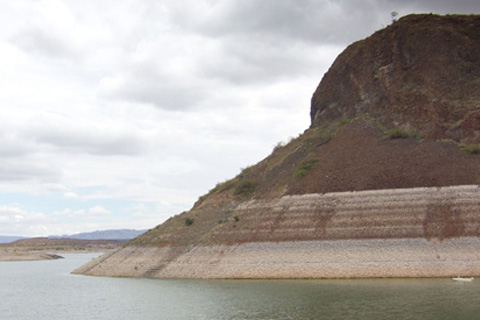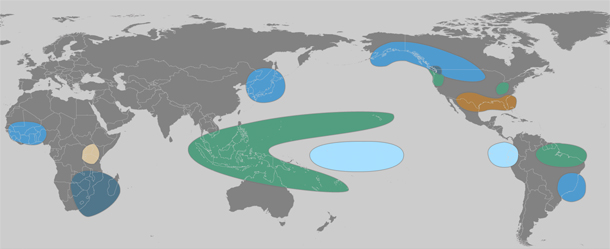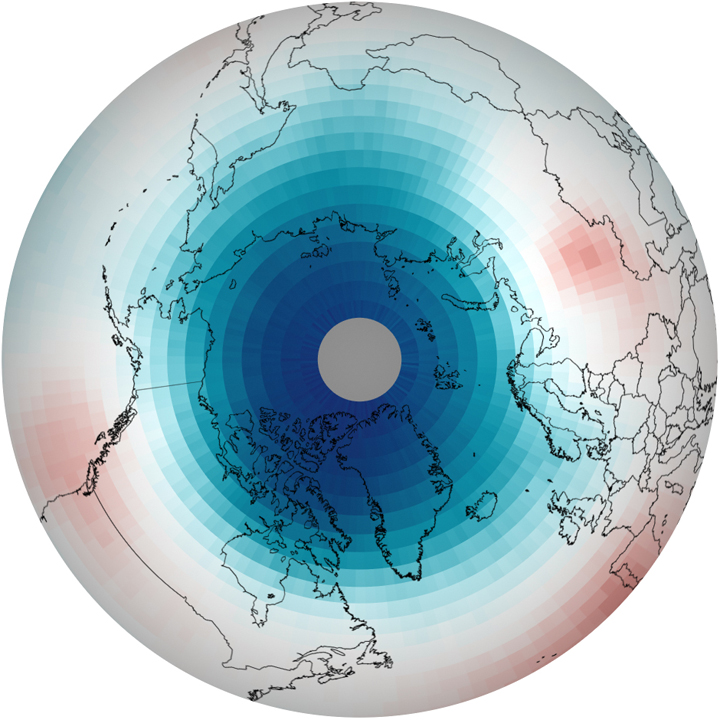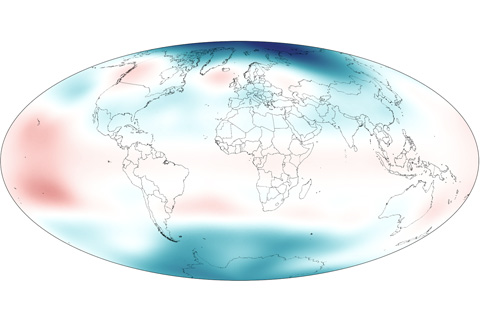
In a place routinely afflicted by drought, water managers in Tampa Bay use climate forecasts to ensure a water supply to people’s taps without sucking the region’s rivers, wetlands, and groundwater dry. The limits of their innovation might be tested in a future which could pose even more challenges to ensuring the oasis remains green.
